Sewing Patterns – Sizing and Body Measurements
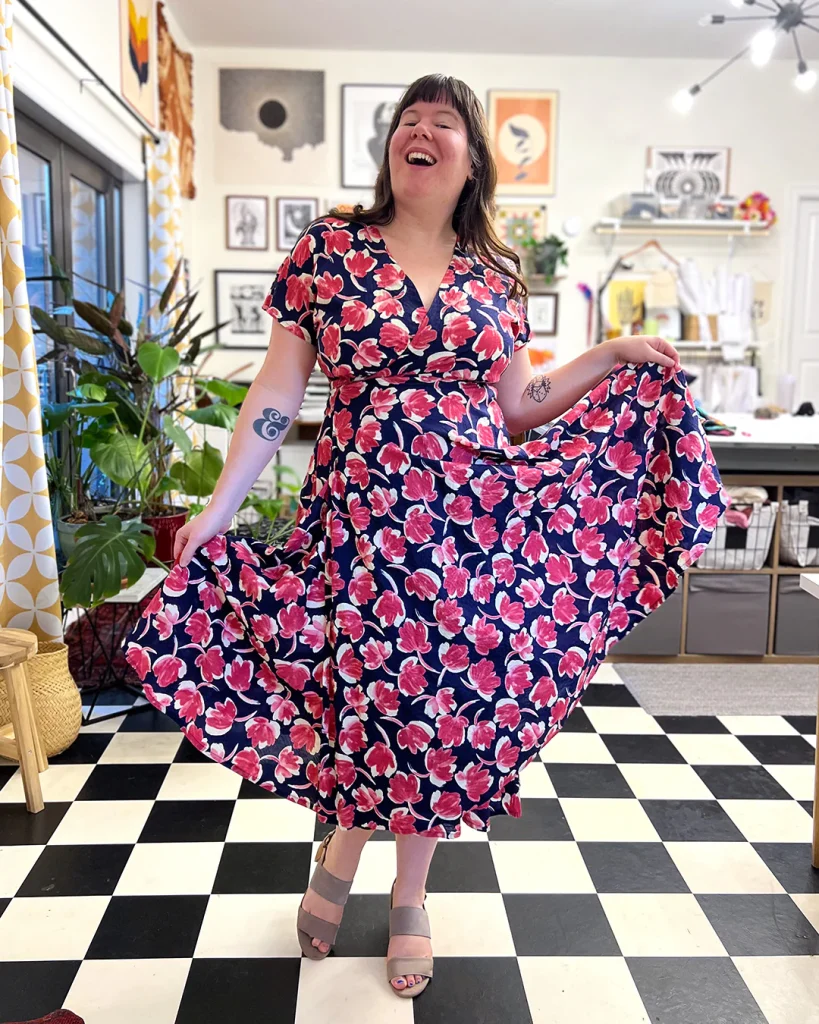
Once you’ve familiarized yourself with sewing pattern symbols, the next important aspect to consider is the size guide.
It’s worth noting that sizing is based on a small sample, typically representing an “ideal customer.” This means that sizes from different sewing pattern companies can vary widely, just as you might see differences in size at clothing stores. For instance, a size 16 at Vogue or Simplicity is very different from a size 16 at Helen’s Closet or Named Patterns.
Whatever your ‘store bought’ size is, you need to throw that number out when it comes to sewing with patterns! Pattern sizing is determined by your body measurements. Depending on the type of garment the sewing pattern is for, you may need to consider multiple measurements.
Here are some general guidelines for looking at pattern sizing:
- For a loose-fitting bodice, focus on the “roundest” part of your upper body—usually the bust. This ensures the garment is comfortable and does not pull across the bust.
- For a tight-fitting bodice, you’ll want to take measurements at the underbust, high bust, and waist. If necessary, you can make a Full Bust Adjustment (FBA) to increase the bust size.
- For lower body garments, pay attention to the widest part of your body, typically the hip or bum area. Adjusting the fit in narrower areas can often be accomplished through fabric suppression.
It is rare for your body measurements to match perfectly with those provided in the sewing pattern size guides. You can always blend 2 sizes if you for example have a small waist and a larger hip! Sewing is about customizing and we sew so that we can get the clothes we want! We are not cookie cutter shapes!
Please do not feel discouraged if you don’t conform to standard sizes, most people do not! Remember, you are unique, and no sewing pattern will fit perfectly straight out of the packet.
Finding your size on the chart included with the sewing pattern will help you determine how much fabric you will need to create the garment and whether you need to grade between sizes for a better fit.
Below is a simple video that shows how to take accurate body measurements!
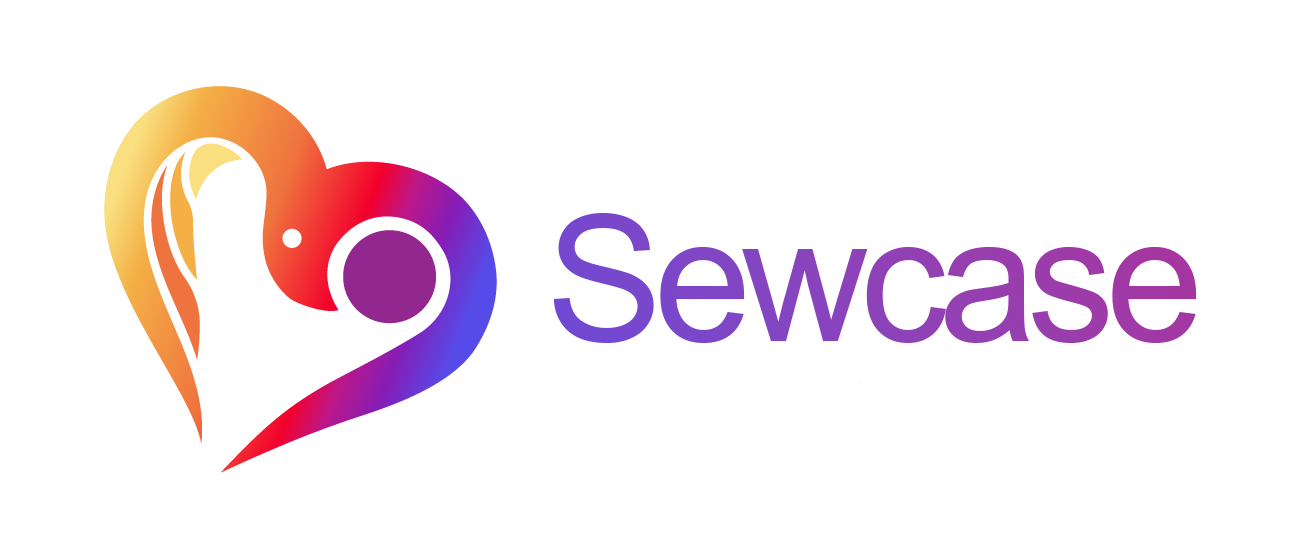
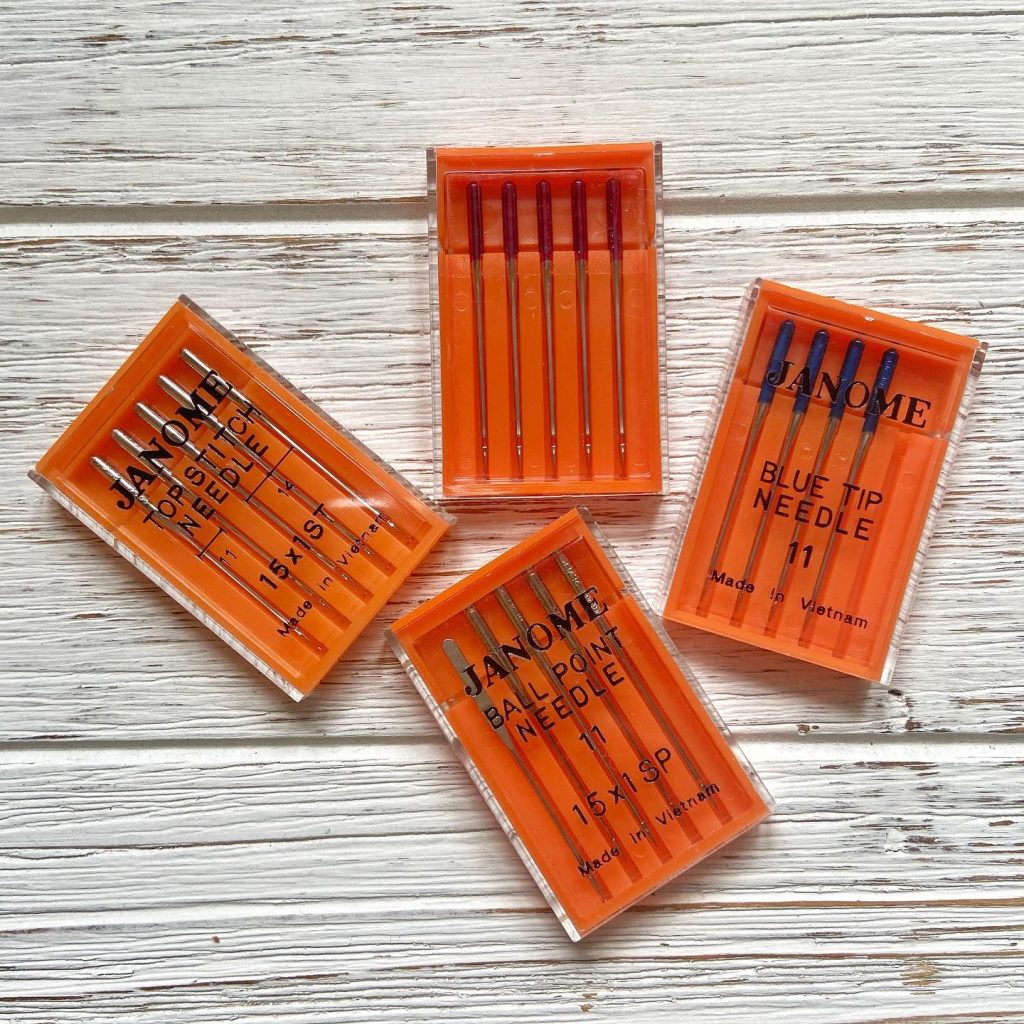
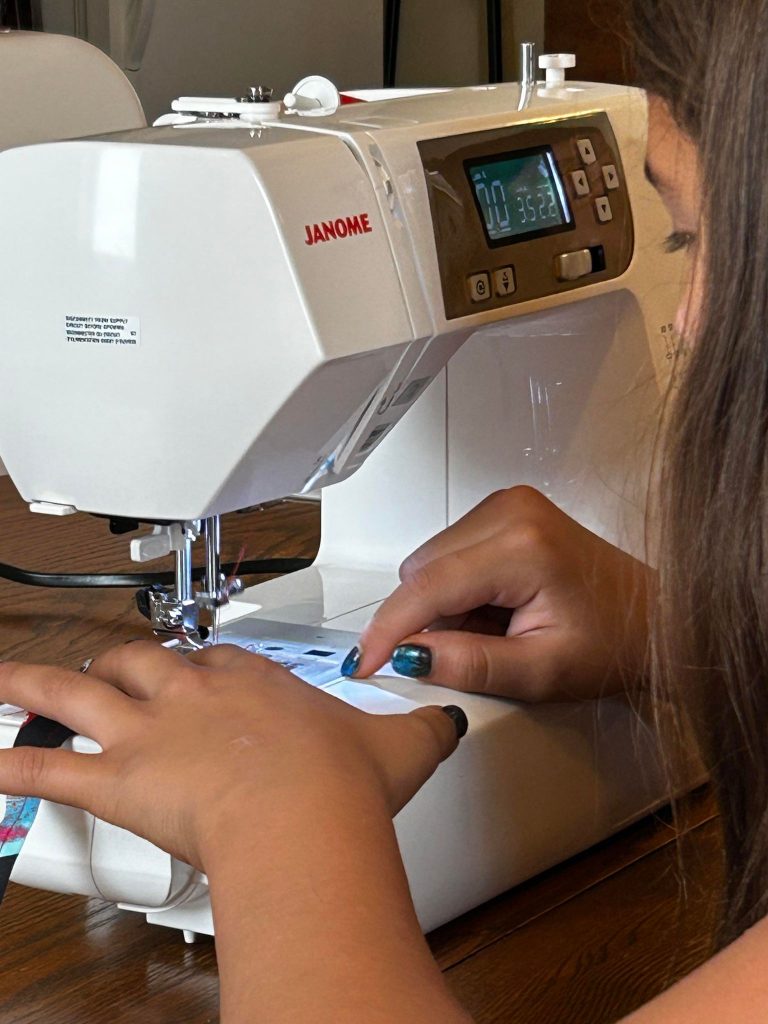
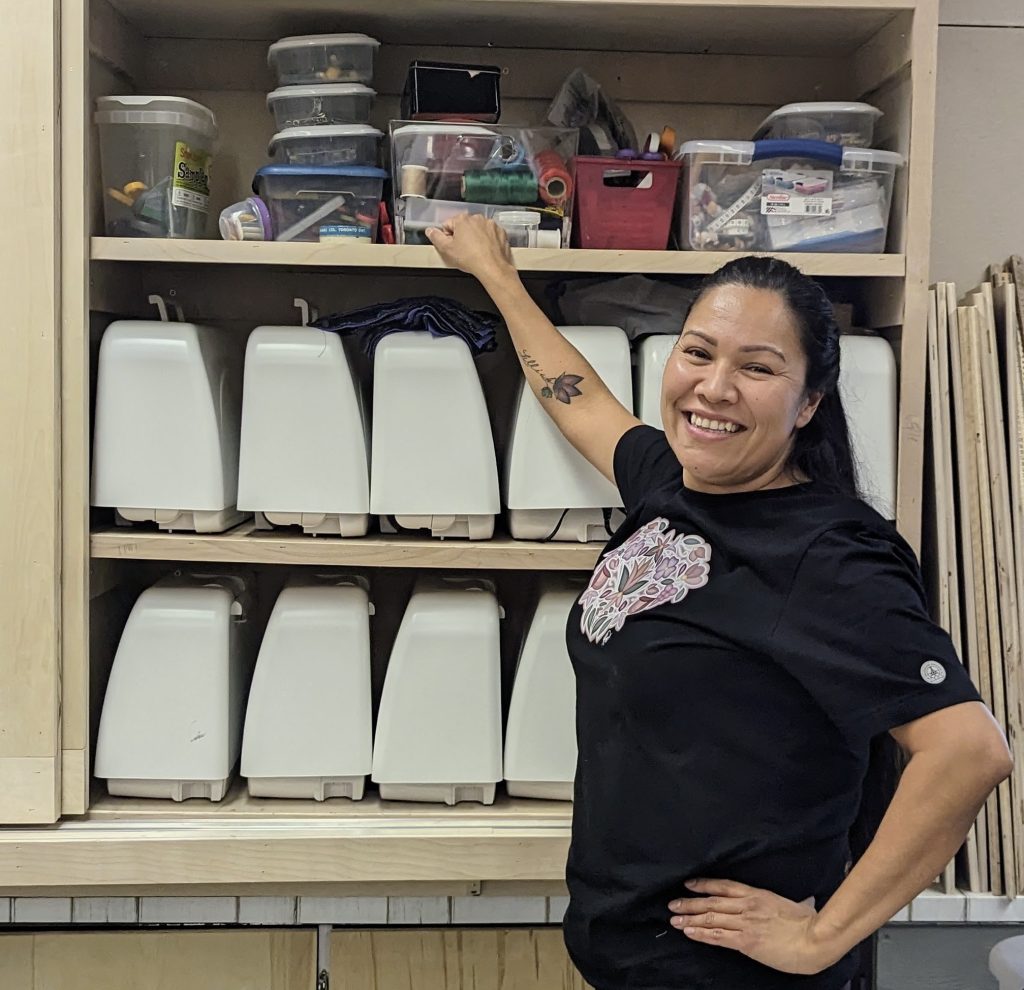
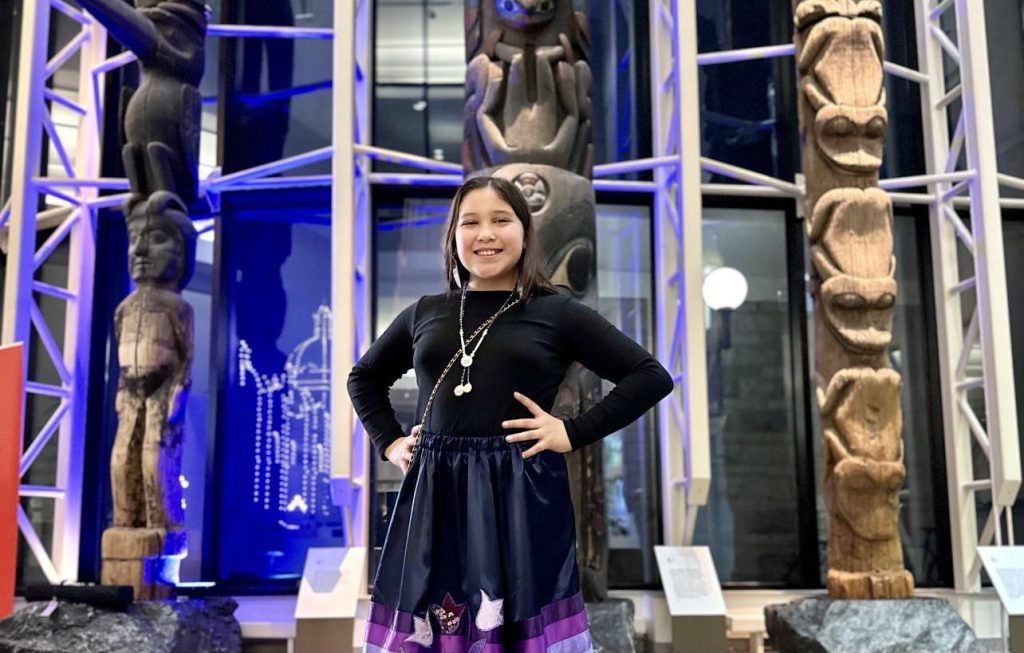
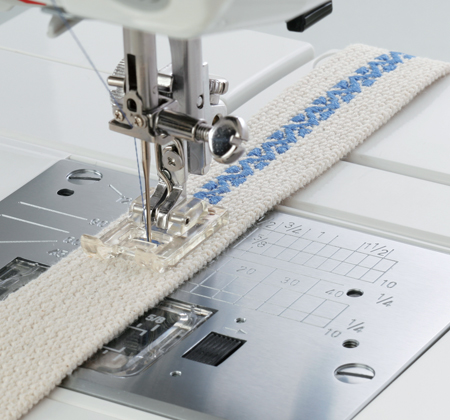
Responses